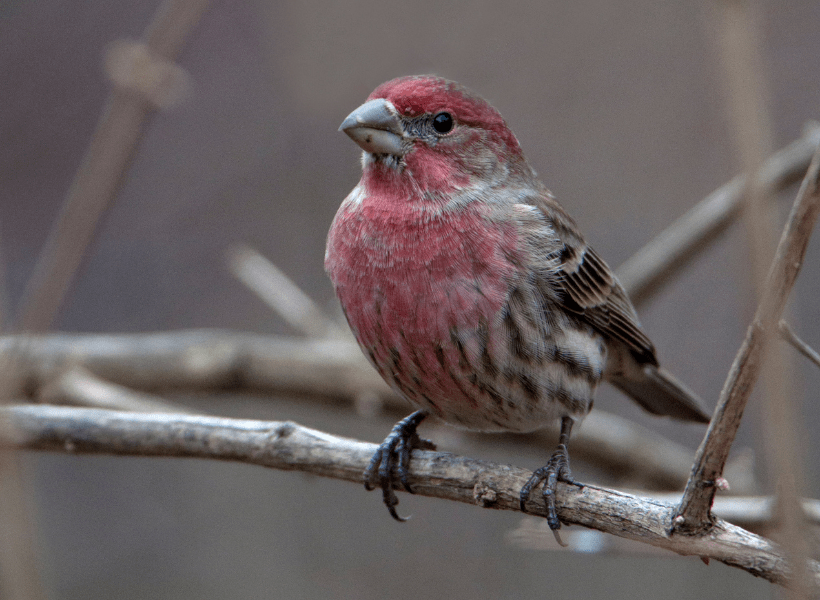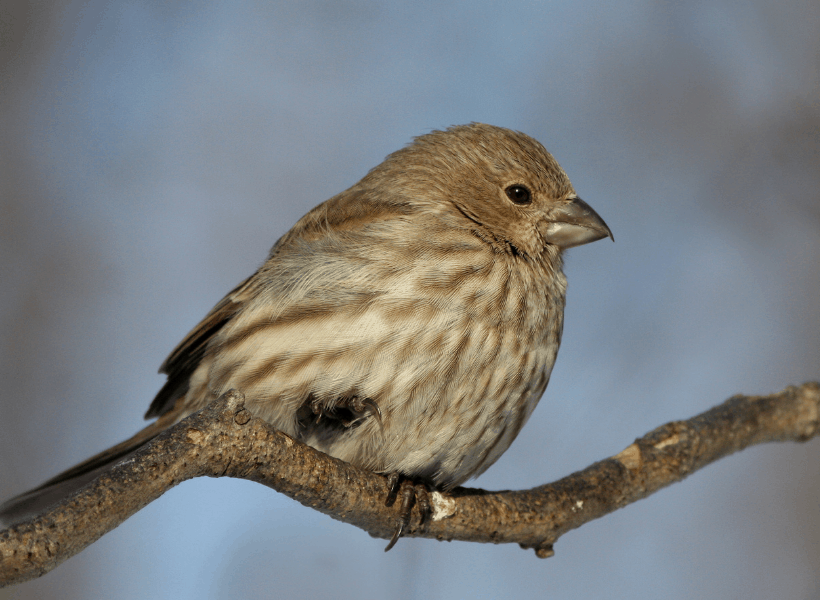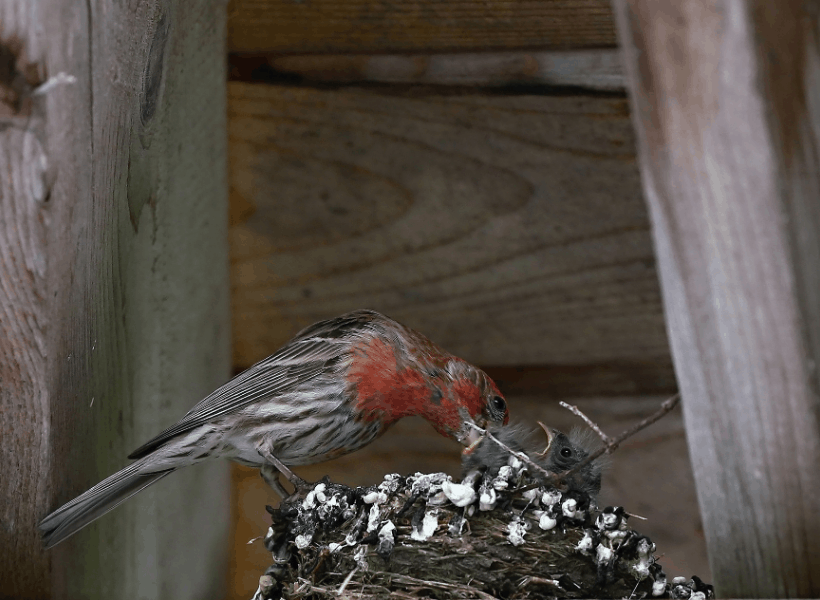One of the funny things with bird keeping is the variation of names that birds have. Sure, they only have one Latin name but they can have a range of common names. A classic example of this is the Mexican House Finch.
When I first heard of these birds they were called Mexican Sparrows or sometimes Mexican House Sparrows. It wasn’t until I began researching them a little that I found out they aren’t a sparrow at all and are closer related to finches such as the Goldfinch and Greenfinch than the sparrow.
A confusing finch
The House Finch (Harmorhous mexicanus) is found across the western part of North American down into Mexico, some parts to the east and in Hawaii where it has been introduced. They are resident in most of their area apart from the far northern areas and a few other spots.
Perhaps the nickname ‘sparrow’ comes from their choice of habitats – they are often found in urban and suburban areas in addition to semi-open areas. These are areas often populated by sparrow species and the brown, striped look of the female bird could also lead to some confusion. Plus, they do have a bit of a sparrow-like call!
Family and description
The male House Finch is a good-looking bird with neck and shoulder feathers of a reddish shade, sometimes orange. Sometimes this colour extends down onto the breast and on the back too. The hue of these feathers does vary seasonally and comes from berries that they eat so the area of habitat can have a big impact on what shade these feathers are. Otherwise, they are shades of brown and grey with streaks across most of the body.
Typically, these birds are around 12-15cm in length with a 20-25cm wingspan. Their average weight is around 21 grams.


In terms of their family, the birds are a member of the same genera as the Purple Finch and the Cassin’s Finch. The larger subfamily, Carduelinae, is one of the three subfamilies in the Fringillidae family. This makes them cousins to species such as the grosbeaks and half-cousins (of sorts) to familiar British birds such as the Greenfinch, Goldfinch, Bullfinch and Chaffinch.
Keeping the House Finch
In the wild, these birds spend time foraging on the ground and will eat a range of seeds, grains and the berries mentioned. They love weed seeds like dandelion and nettle and will also take small insects. In their native areas, they are common garden feeder visitors and will be attracted by sunflower or niger seeds. They are also a bit of a pest as will raid orchards and grain fields but not on a large scale.
In captivity, this means they are relatively easy to feed and any of the British bird mixtures will offer a good balance of seeds alongside smaller seeds such as millet. They will also try an assortment of green foods and fresh fruit as well as some sprouted or soaked seeds. Insects are offered around breeding season and egg food should be available.
Keeping the House Finch with other birds is relatively easy from my experience although I would say that I tend to keep them with the slightly bigger, ‘tougher’ finches such as Zebra Finch as well as with other British birds. This is simply because they are bigger than many of the exotic finches and can be a little forceful. I’ve never had more than one pair but the recommendation is that just one pair to an enclosure to avoid territorial behaviour.
Breeding
The House Finch pairs are monogamous and often stay together all year round. They nest in cavities such as in buildings or in vegetation and sometimes recycle other bird’s nests. They may also return to a nest in consecutive years. The look of the nest is like many of the birds in the family, made by the female and using twigs and debris, cup-shaped.

An average of 2-6 eggs is laid with two or more broods per year from February to August in the wild. The eggs are blush-green with black spots and they are incubated for 12-14 days. The female does the job while the male is required to bring her food.
Young fledge at 12-15 days and are fed by the male for around two weeks after that while the female begins the next brood. They are one of the few birds in the family to feed young entirely on plant matter without live food. This makes them a little easier to breed in captivity if you don’t like the idea of having live food in stock.
A good aviary bird
In breeding plummage, the male House Finch is an impressive looking fella. But even outside, they are active and interesting birds who are always on the go and make a good aviary bird. They are a little larger than some of the common finches so a little consideration about aviary mates is a good idea. But otherwise, they are a relatively straightforward bird to keep and breed.
4
Actually, we call them simply House Finches rather than Mexican House Finch. They are the most common finch here in California and I’ve also kept and bred them having had rescued birds. I’ve kept them with Chaffinches, Greenfinches, (European) Goldfinches, Canaries, and others and they do well with them.